Reflections On Feeling at Home While Always Moving
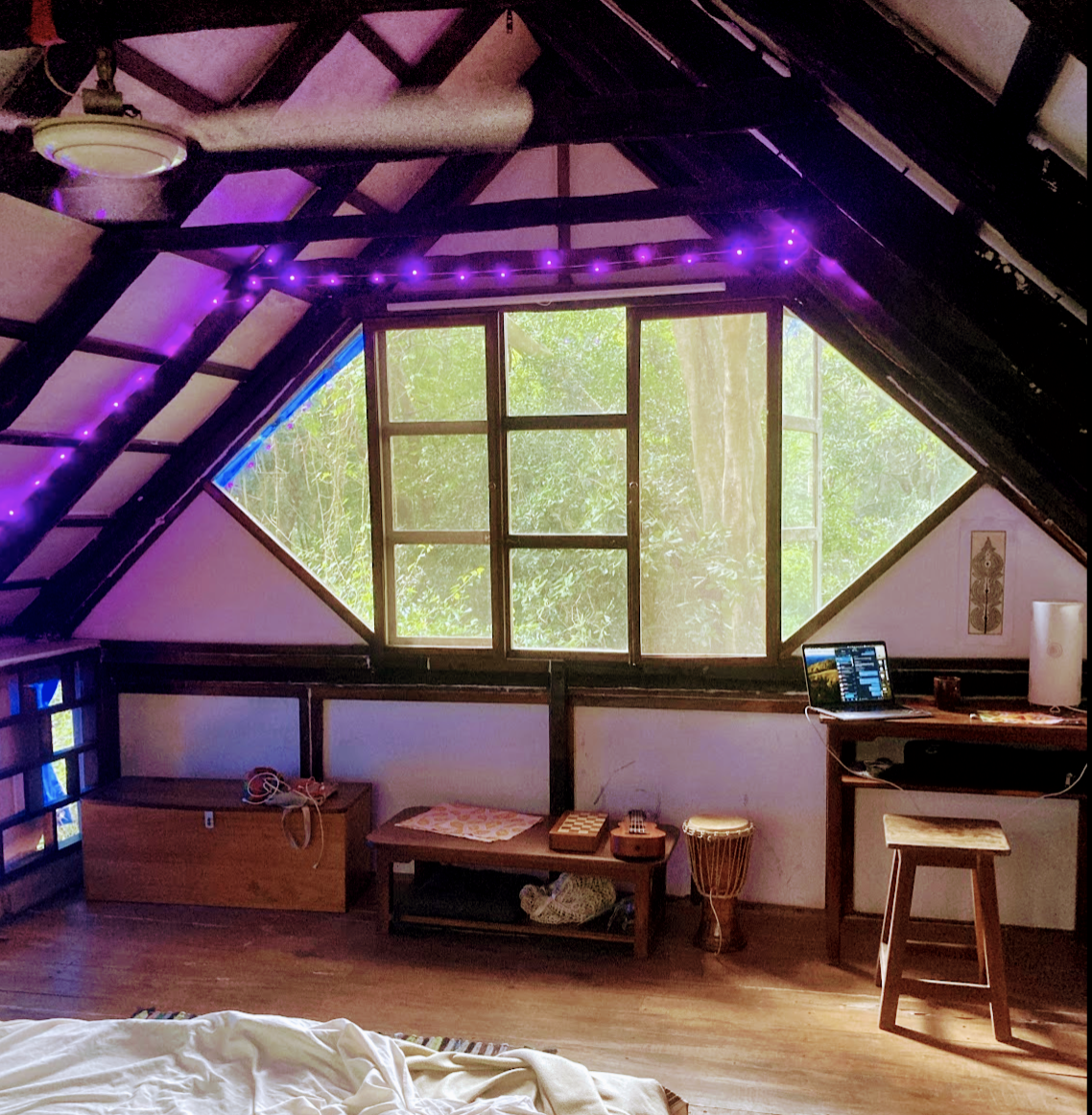
This morning, while lying in bed and listening to the rain, I practiced a short meditation from Osho. The guidance was simple but profound:
Lie down or sit comfortably in the dark.
Recall a simple, joyful memory from your past.
Let it unfold through your senses—sound, scent, texture, light.
Feel the moment come alive in your body.
Stay with it, letting the joy gently surround you.
OSHO
I let those words settle in. I didn’t move right away. I stayed, eyes closed, and remembered something I hadn’t thought about in a while—a quiet morning in Auroville, stepping barefoot out of my little house in the forest.
For the last two and a half years, I haven’t stayed in one place for more than four months. Movement has become my lifestyle. And while change and nomadic life can be exciting, it’s also something my body constantly has to adjust to. This morning's meditation made me pause and reflect:
How do I actually take care of myself through all this movement? What are the practices I’ve developed—not as routines, but as ways to stay connected to myself, to the land around me, and to a sense of inner home?
That’s what this piece is about. It’s an exploration of how I’ve learned to create home wherever I am—not in the traditional sense, but through small rituals, body awareness, and the space to yield.
Yielding: The First Step to Feeling at Home
In somatic therapy, there's a concept called the Satisfaction Cycle. It describes how our bodies move through phases like rest, exploration, action, and integration. The very first phase is yielding. It’s the moment before anything else begins—a soft readiness, when the body is grounded but not collapsed, relaxed but alert. It’s how we prepare to receive life.
Without a place or moment to yield, everything feels rushed or slightly off. Especially for people who travel often, like me, creating a moment to yield each day—before the world comes in—is essential for nervous system regulation. It’s what gives the body a sense of safety and presence.
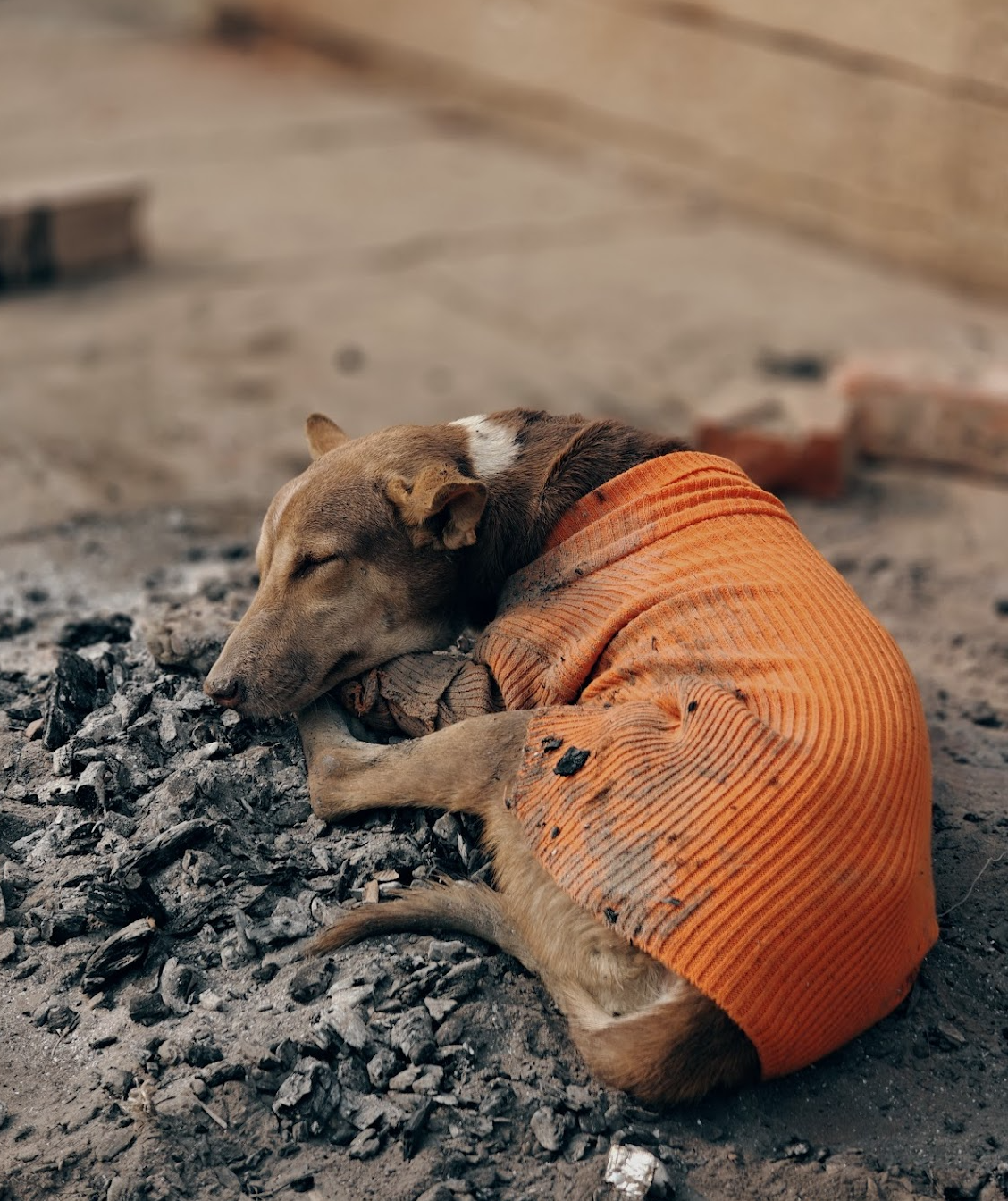
The Ritual That Found Me: Mornings in Auroville
The memory that came back during meditation was simple: waking up in the forest, stepping outside barefoot, and walking in silence. I hadn’t planned it as a ritual—it just started happening. I’d open the door each morning and take a few quiet minutes to walk. Sometimes five, sometimes fifteen. Just me, the earth, the birds, and the soft light filtering through the trees.
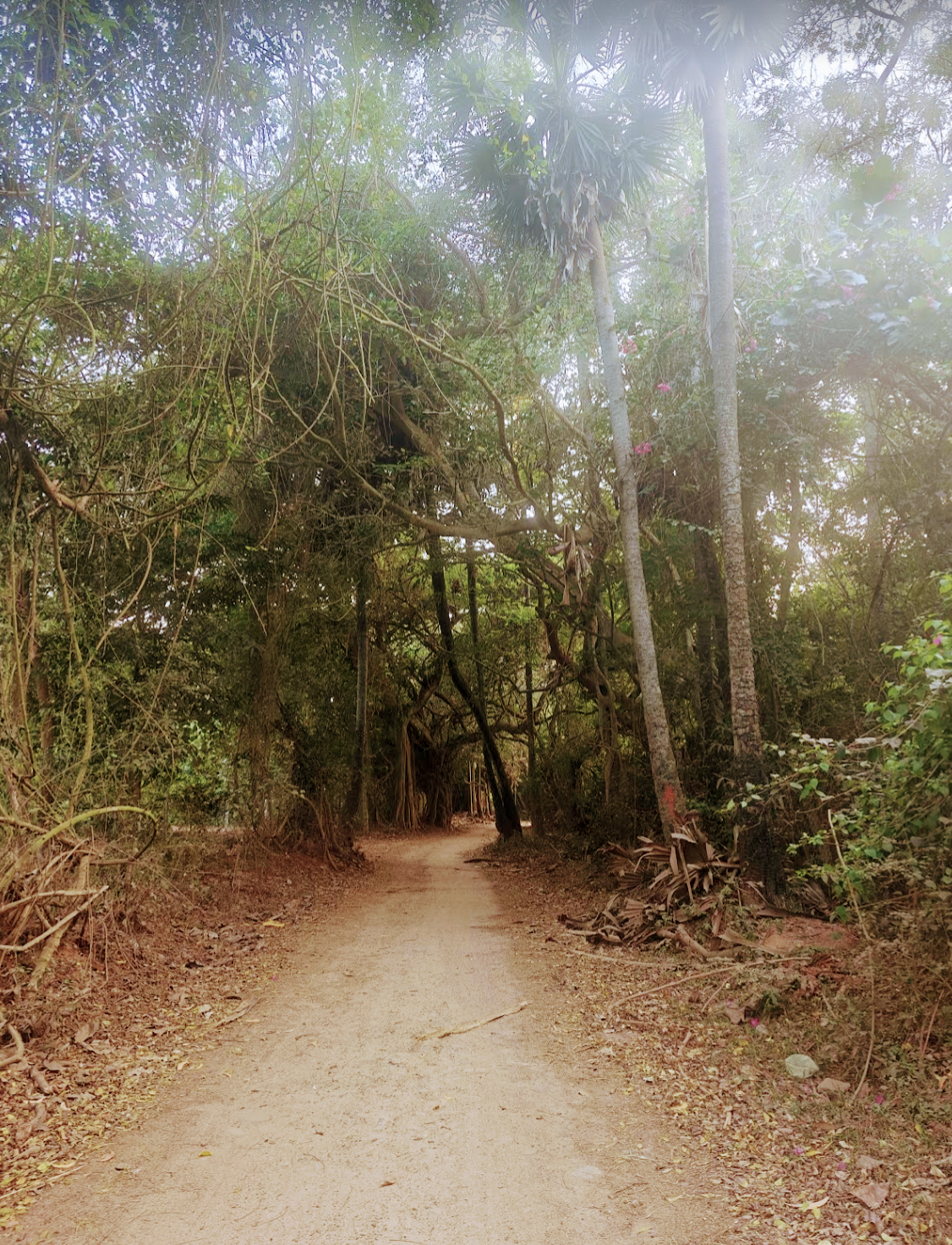
That walk grounded me. It gave my body time to arrive before the day began. I wasn’t thinking about tasks or plans—I was simply present. I could feel myself slowly reawaken through my senses: the coolness of the earth under my feet, the distant calls of birds, the rising warmth on my skin. Inner sensations would stir gently, and my awareness expanded outward—seeing, noticing, receiving. One sense at a time. One moment at a time.
Because it was quick, it didn’t feel like I was “losing time.” There was no pressure or anxiety about the day getting away from me. It was just a small act of presence—one that gave much more than it took.
Adapting Rituals While Moving
My rituals change depending on where I am—but the intention is always the same: time for myself before I connect with the outside world. In the Himalayas, I wake up and stay in bed for a while, letting my breath settle. Sometimes I meditate. Other days I do breathwork, chant, or read. I always make my morning tea—my little alchemy of ashwagandha, shilajit, and matcha. It grounds me.
It’s like I have a mental menu of activities to choose from. That way, I stay flexible without falling into decision fatigue.
In cities, it’s harder. There’s more noise, more stimulation, less nature. But I adapt.
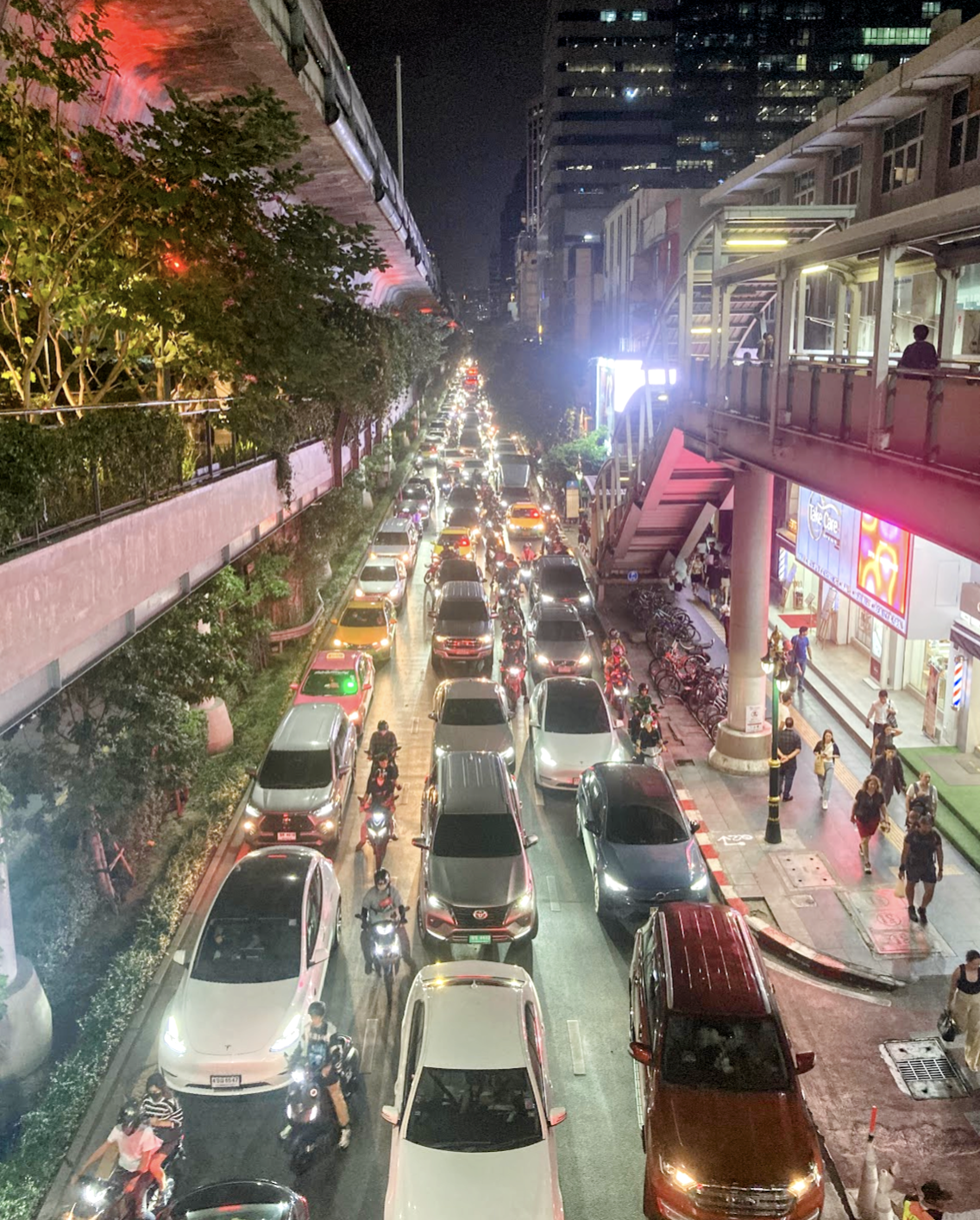
I read a few pages from a book instead of checking my phone. I go to the gym—or try a new workout class I’ve never done before. I love using ClassPass or Urban Sports for that. These platforms let me try different classes with one subscription, and they often have free trials. I highly recommend giving them a go—or finding an alternative in the country you're in. It’s a great way to invite a little serendipity and make use of the endless possibilities cities offer.
I also try to stay in private rooms as much as I can—to have a tiny space, a little cave just for myself. I light incense. I find small ways to mark the day as mine.
No matter the location, the most important part is carving out space for myself at the start of the day. That’s what keeps me grounded.
Little Altars, Small Anchors
Over time, I’ve learned that it takes about two weeks in a new place before it starts to feel like home. That’s when I begin to notice my body relaxing more fully, letting its guard down. One thing that helps is making a tiny altar—nothing fancy. Just a few items that matter to me: a few crystals from India, a coral from Sri Lanka, a shell from Thailand, incense, maybe a local flower. All of it fits in my bag, even when I travel light.
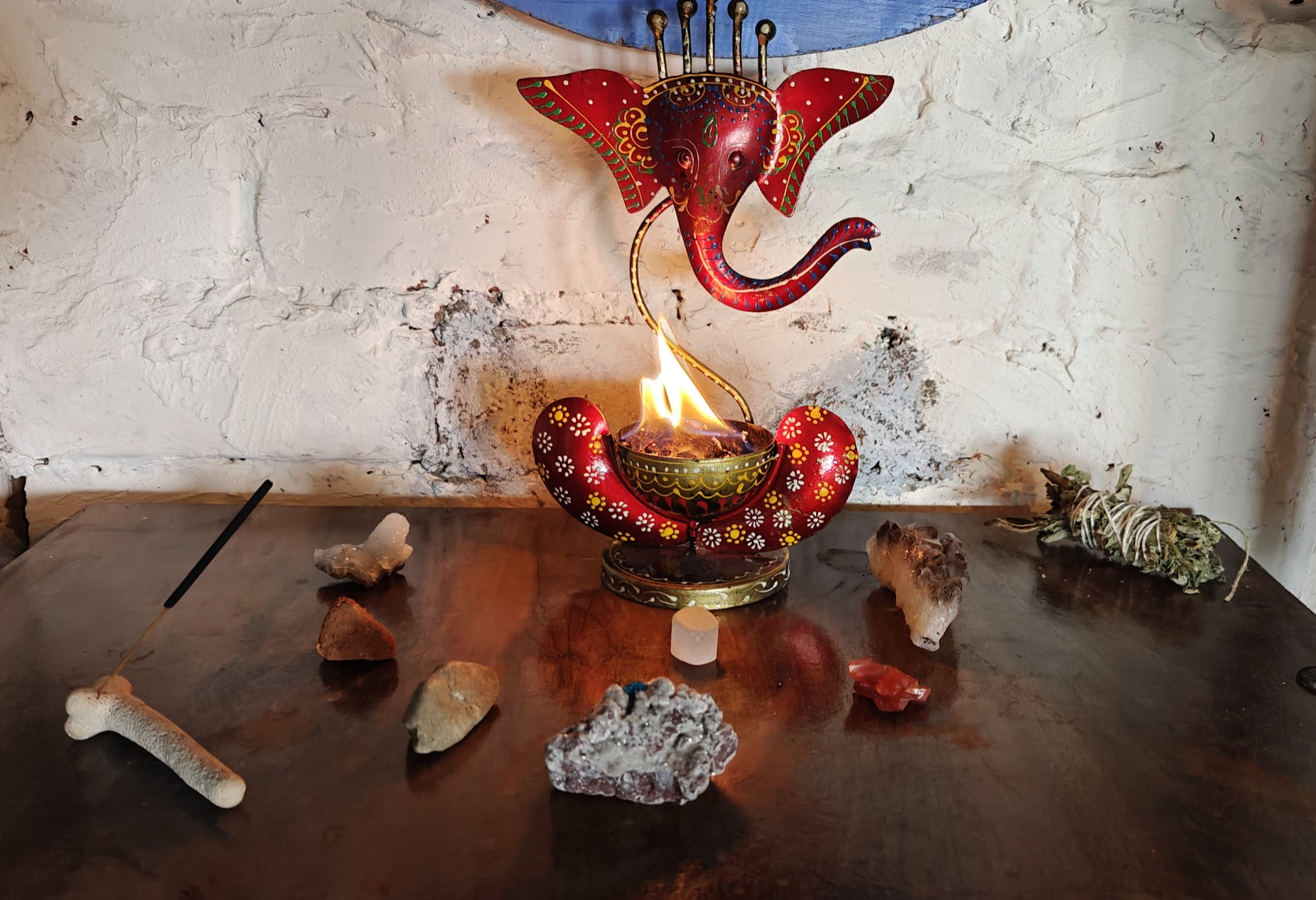
Even something as small as lighting incense becomes a ritual—a quiet reminder that I’m here, and that I can rest.
Inner Home
We often think of home as something external—a house, a place, a location we return to. But for me, inner home is just as real. It’s the feeling of being intact. Of being able to breathe, feel, and meet the day with softness instead of defense.
The more I travel, the more I realize how important that is—not just for physical health, but for the whole system: body, mind, emotions, spirit.
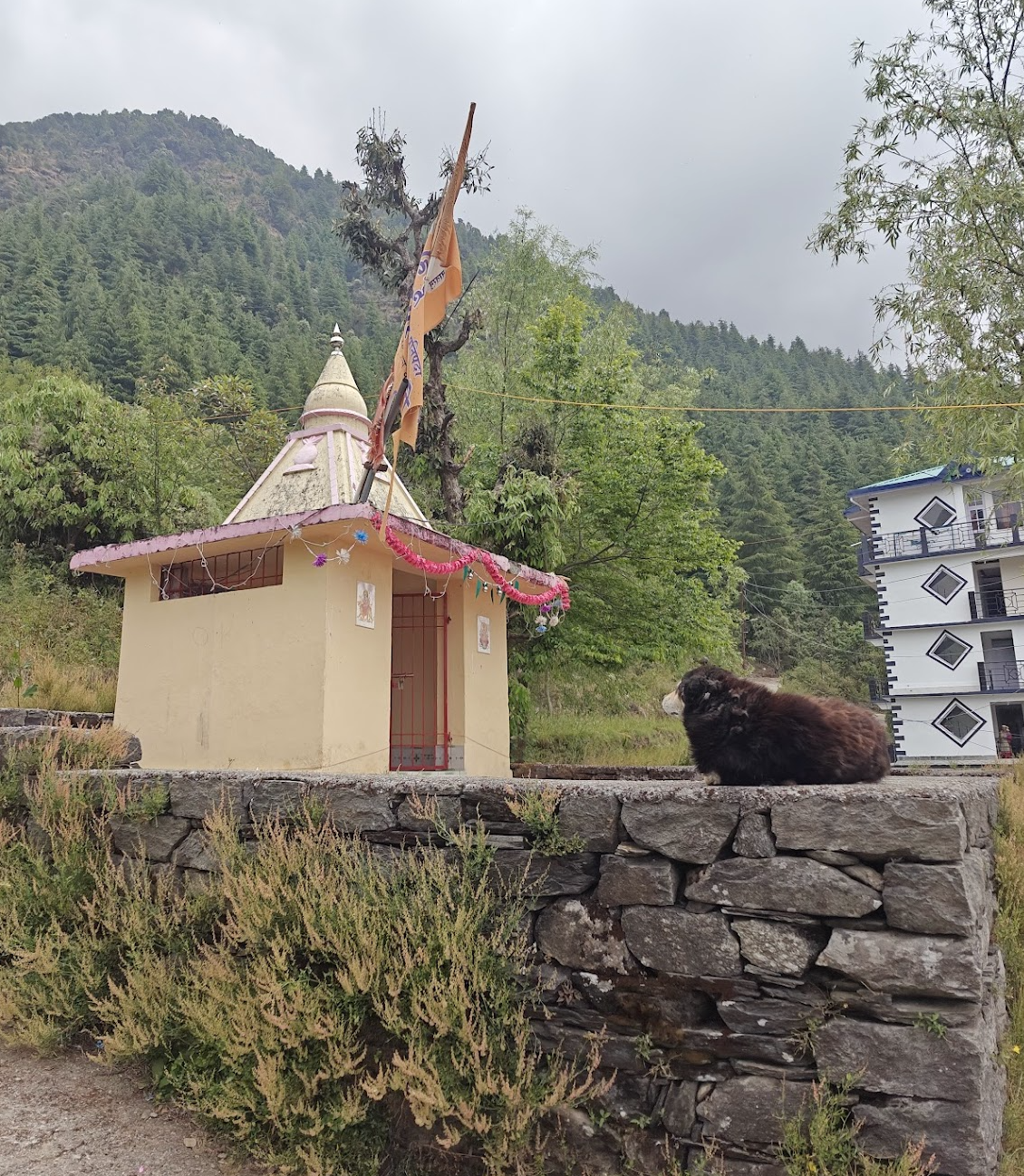
Home doesn’t have to be permanent. But it does have to be felt.
Till the next time friends,
All the light,
Justina